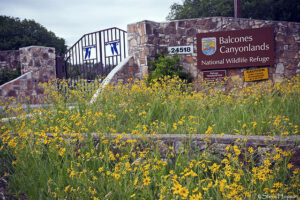
FIELD TRIPS
We take periodic field trips to tour properties and residences, do nature and plant walks, view restorations, sketch plants, remove invasive species, and more. See our Home Page and Calendar
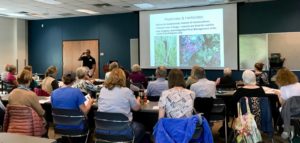
NATIVE LANDSCAPE CERTIFICATION PROGRAM (NLCP)
What You Will Learn Our Native Landscape Certification Program (NLCP) is a series of day-long classes highlighting best practices for native plant landscaping, including wildlife habitat gardening. Each class consists
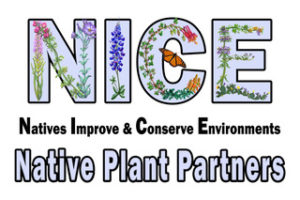
NICE Partner Program
Purpose The NICE Native Plant Partner program is a collaboration between the Native Plant Society of Texas and local nurseries around the state to offer native plants that are right for the local environment.
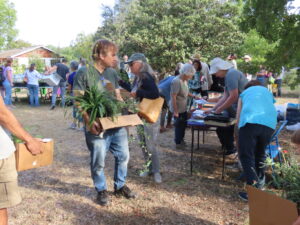
NPSOT Austin Plant Sale
Each year, members of the Native Plant Society of Texas (NPSOT), Austin chapter, grow native plants that you may not find in typical retail garden centers. These plants are ready
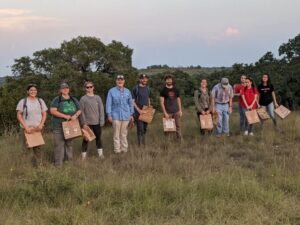
PLANT RESCUES
When land is to be cleared for construction, we work with the owner and developer to first rescue as many native plants as possible. We gather seeds, cuttings, and transplants
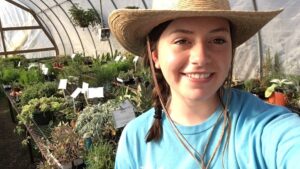
SCHOLARSHIPS AND GRANTS
The NPSOT Austin Chapter sets aside funds each year for scholarships and grants which our state office manages and distributes. Successful applicants will show a clear interest in Texas Native

